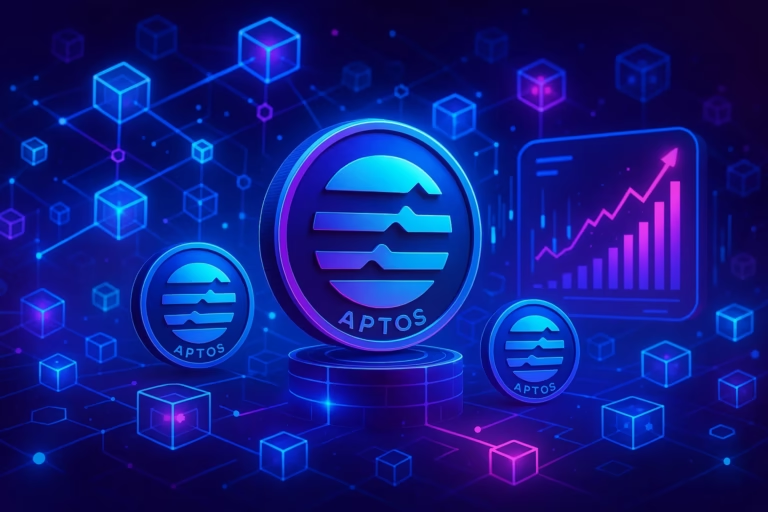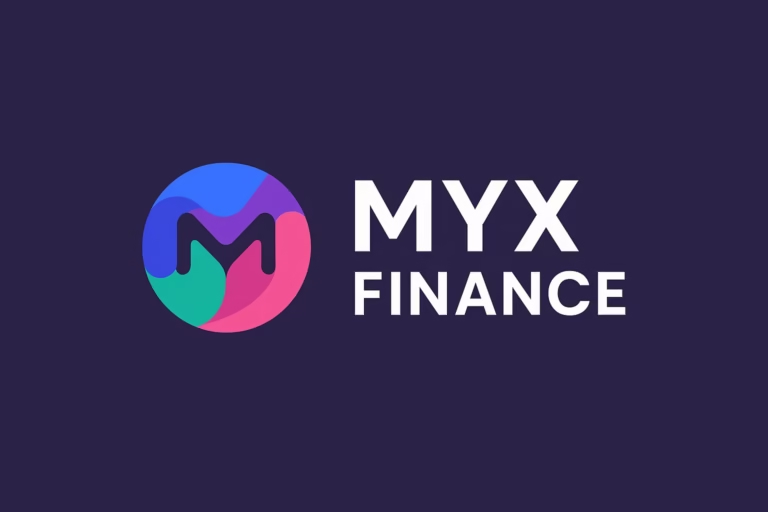
- Terra’s collapse created two tokens: LUNA Classic, the original chain’s token, and LUNA 2.0, a new chain designed to restore confidence through staking and governance.
- While LUNA 2.0 focuses on future growth, LUNA Classic maintains a dedicated community working to reduce its token supply.
The Terra blockchain, once a dominant force in decentralized finance, faced a catastrophic crash that shattered investor confidence. From the ruins emerged two distinct tokens—LUNA Classic (LUNC) and LUNA 2.0—marking a bold but controversial attempt to rebuild what was lost.
From Collapse to Comeback: Terra’s Forked Future
After the implosion of Terra’s algorithmic stablecoin UST in May 2022, the original chain was split. The remnants became LUNA Classic, while a new chain—Terra 2.0—was launched to breathe life back into the project. The term “Classic” draws inspiration from Ethereum’s split after the 2016 DAO hack, framing Terra’s crash as a historic turning point.
LUNA Classic (LUNC) now exists as the legacy token of the original Terra chain, while LUNA 2.0 powers a fresh blockchain built on proof-of-stake (PoS) and aims to restore faith through token airdrops and validator-driven governance.
How Terra LUNA 2.0 Works
LUNA 2.0 uses a PoS consensus mechanism involving 130 validators. Token holders can delegate LUNA to earn staking rewards, but this comes with risk—misbehaving validators may cause penalties like slashing. Additionally, the network uses gas fees and a 7% annual inflation rate to sustain rewards for participants.
LUNA Classic Still Has Life
While Terra 2.0 targets future growth and DApp development, LUNA Classic hasn’t faded. Its community remains strong and is focused on reducing token supply through large-scale LUNC burns. Some investors oppose the new chain entirely, signaling ongoing division within the Terra ecosystem.
Is Terra LUNA 2.0 Worth the Risk?
The crash left scars. Still, Terra once briefly overtook Binance Smart Chain in total DeFi value, demonstrating its potential. Since its relaunch, LUNA 2.0 has remained hack-free, but skepticism lingers. The token’s success now hinges on its ability to regain trust, attract developers, and distance itself from past failures.
Buying and Staking LUNA 2.0
LUNA 2.0 is available on major exchanges like Binance, KuCoin, and Crypto.com. Once acquired, tokens can be staked to earn rewards—just ensure they’re held in a compatible wallet before delegating.
LUNA 2.0 is not merely a sequel—it’s a redemption story in the making. Whether investors embrace it or stay loyal to LUNA Classic, one thing is clear: Terra’s future will be shaped by trust, utility, and time.
ALSO READ:What is the common thing between Mantra and Terra Classic LUNC?
DISCLAIMER:
The views and opinions expressed herein are solely those of the author and do not necessarily reflect the views of the publisher. The publisher does not endorse or guarantee the accuracy of any information presented in this article. Readers are encouraged to conduct further research and consult additional sources before making any decisions based on the content provided.




